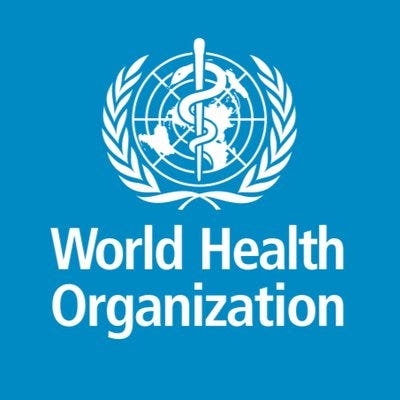Type 2 Diabetes – Know What Cystic Fibrosis-Related Diabetes Is!
 Cystic fibrosis is a genetically transmitted problem that can involve multiple organ systems in the body, including the respiratory tract, the sinuses, and the pancreas. It can also result in the dysfunction of the intestines resulting in obstructions in the small intestines. The gallbladder, the musculoskeletal system, and even the urinary system can become affected by this problem.
Cystic fibrosis is a genetically transmitted problem that can involve multiple organ systems in the body, including the respiratory tract, the sinuses, and the pancreas. It can also result in the dysfunction of the intestines resulting in obstructions in the small intestines. The gallbladder, the musculoskeletal system, and even the urinary system can become affected by this problem.
Cystic fibrosis can also cause increased blood sugar levels and diabetes. However, unlike Type 1 diabetes, the insulin secretion remains intact, therefore people with this genetic problem never experience ketosis. Unlike Type 2 diabetes, there is no solid evidence the diabetes in this genetically transmitted problem can result from insulin resistance.
According to the Johns Hopkins Point-of-Care Information Technology Center, this form of diabetes can be seen in:
2 percent of pediatric patients with cystic fibrosis,
19 percent of adolescents with this genetic problem also have diabetes,
among adults with cystic fibrosis, 40 to 50 percent also have a concomitant problem with their blood sugar level.
The prevalence of cystic-fibrosis related diabetes rises with age and it usually occurs in 2.7 cases per 100 patients every year. 15 to 30 percent of people with cystic fibrosis have impaired glucose tolerance.
What are the risks for having this form of diabetes?
being a member of the female sex
older age
insufficiency of the pancreas
severely diseased lungs
a worsening of pulmonary or lung disease
poor nutritional status
using hormonal contraceptives
being diagnosed with Pseudomonas aeruginosa or Bacteroides cepacia infections
having liver disease
How is cystic-fibrosis related diabetes diagnosed?
The diagnostic criteria used is the same as that used in the diagnosis of diabetes mellitus. However, Type 1 diabetes can sometimes occur independently of this, therefore, it should be suspected in a child who presents with ketosis before the age of 10 years.
What are the usual signs and symptoms of diabetes with this genetically transmitted issue?
The same as in diabetes generally… increased frequency of urination and an increased appetite can also occur. However, despite an increase in their food intake, most people with this problem usually fail to gain more weight. Poor growth rate is also noticed in the pediatric age group.
What is the pharmacological management?
Oral hypoglycemic agents are not effective for the management of this problem. In those diagnosed with cystic-fibrosis related diabetes, insulin therapy is considered the first line of management. Because of the increased metabolic demands in people with cystic fibrosis, the total energy intake should be increased to 120 to 150 percent of the daily nutritional allowance to restore their growth rate and achieve a BMI or body mass index of 21. There is a big difference in the treatment though… the intake of complex and refined carbohydrates is generally encouraged and recommended. As well, fiber intake is generally discouraged since fibers can make malabsorption worse.

